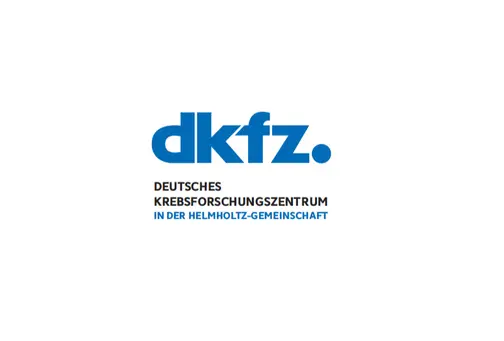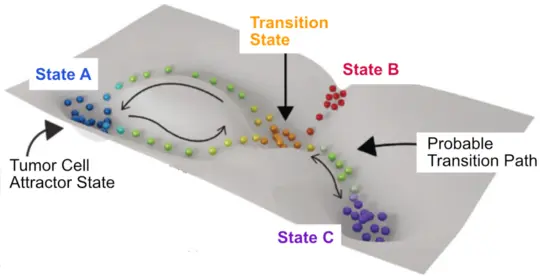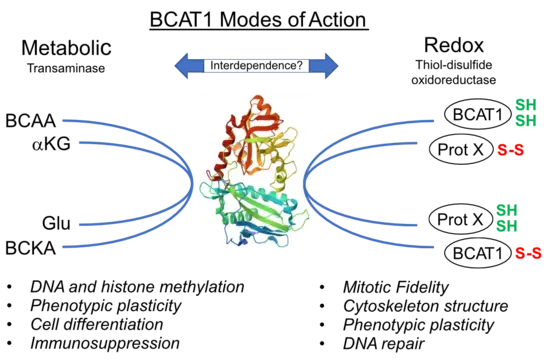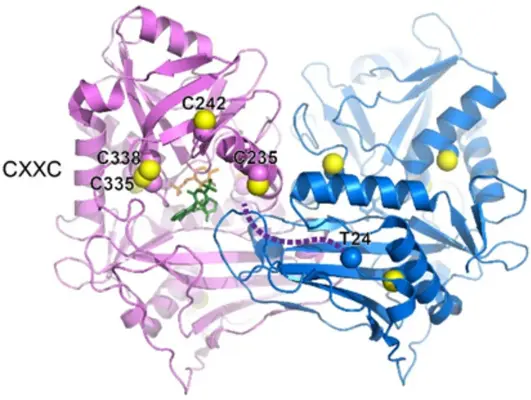Phenotypic platicity

Dr. Bernhard Radlwimmer
Phenotypic plasticity describes the ability of cancer cells to rapidly adapt their phenotype in response to external signals. It is the main cause of therapy resistance in many types of cancer.

Our research
Glioblastoma is the most aggressive and lethal primary brain tumor in adults. It is characterized by remarkable intra-tumoral heterogeneity and plasticity at the molecular and cellular level. These characteristics allow the tumor to rapidly evade therapy, which almost inevitably leads to relapse and the development of a therapy-resistant tumor form.
We address this problem from different perspectives by using cell biology methods, single-cell sequencing and AI-assisted approaches to investigate epigenetic mechanisms of cell state plasticity in patient-derived tumor models and iPSC-based organoid systems.

Mapping plasticity landscapes
To predict therapy response and identify personalized treatment approaches, we are mapping the plasticity landscape of glioblastoma. Together with our partners in the AI-Care consortium, we use multi-omics analyses of patient-derived and genetically engineered glioblastoma organoids and AI-assisted modeling to identify the molecular mechanisms of cell state plasticity and therapy avoidance. This project is part of the AI-in-Health initiative funded by the Carl Zeiss Foundation.

Epigenetic and redox signaling pathways in cell state plasticity
In a bottom-up approach, we characterize the role of Branched-Chain-Amino-Acid-Transaminase 1 (BCAT1) in cell state plasticity. Our recent studies show that BCAT1 is a so-called "moonlighting protein" that has metabolic as well as epigenetic and redox regulatory functions. It has an influence on cell division, cell differentiation and immunosuppression, among other things.

BCAT1 redox mechanism and inhibition
In order to better understand the mode of action of BCAT1, we are analyzing its redox mechanism using biochemical and genetic methods. Based on this new mechanistic framework, we are developing non-covalent and covalent inhibitors together with our partners.
Selected publications
Man KH, Wu Y, Gao Z, Spreng AS, …, Liu HK, Imbusch CD, Lichter P, Radlwimmer B.
Boskovic P, Wilke N, Man KH, Lichter P, Francois L, Radlwimmer B.
Francois L, Boskovic P, Knerr J, He W, Sigismondo G, …, Krijgsveld J, Hiller K, Grosse R, Lichter P, Radlwimmer B.
Wu Y, Fletcher M, Gu Z, ..., Herrmann C, Radlwimmer B.
Tönjes M, Barbus S, Park YJ, Wang W, …, Reifenberger G, Lichter P, Radlwimmer B.
Get in touch with us
